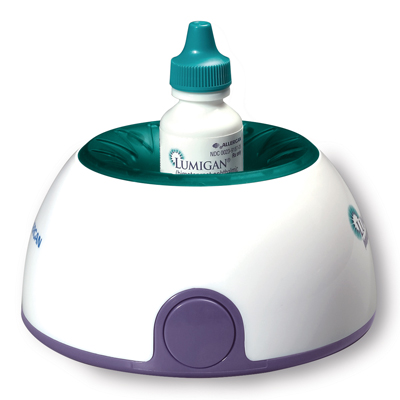
I have a patient who is not compliant with his glaucoma meds. When do I say enough is enough and send him elsewhere?
First, consider why this patient has become non-compliant. Good compliance with glaucoma therapy starts with good patient education, says optometrist Tony Litwak, of the Baltimore VA Medical Center. The medications that we use dont make our patients eyes see, feel or look better. So, its really the doctors duty to educate their patients on the disease, why theyre taking the drops and what the benefits of the drops are. If you reinforce that at all your patient visits, and if patients understand their disease, theyre going to be more likely to be compliant with treating it.
That said, many glaucoma patients continue to be non-compliant for various reasons and wont admit it. One study found that 69% of patients who experienced problems in administering their drops would not reveal this to their doctors, even if asked.1 The number one reason for non-compliance among patients using two (or more) glaucoma medications: forgetfulness.2
Given this, how do you determine which patients are non-compliant? If the patient has hyperemia, that probably means he hasnt been using his drops and started taking them right before the visit, says optometrist Ben Gaddie, of Gaddie Eye Centers, based in Louisville, Ky. Thats because prostaglandins tend to cause hyperemia during the first few weeks of use.
Another method Dr. Gaddie uses: Ask the patient to bring his medications when he returns for follow-up. I keep a carbon copy of my prescription to know when I wrote the last prescription and for how many refills. So, if I expect the patient to be on his last bottle of his four-refill prescription, and the bottle says he has four refills left, then I know that he hasnt been refilling the drops. Another tip-off: Check the date of dispensing on the medication label.
One other clue: If the patients disease progresses but his IOP continues to remain at your target level, suspect non-compliance, Dr. Gaddie says. Again, the patient may only be taking his drops right before his follow-up visits.
What can you do to encourage compliance? In addition to education and encouragement to get patients to participate in their own treatment, these devices aim to help patients take their drops:
Lumigan Compliance Aid (Allergan). This device acts as a kind of alarm clock, with a light timed to flash and an optional audible alarm to remind patients when to take their medication.

Travatan Dosing Aid (Alcon). Like the Lumigan device, this has similar visual and audible reminder features. It also has a lever intended to make squeezing the bottle easier and ensures the delivery of a single drop. For your benefit, the device records a timetable of when and how many drops were dosed. This information can be downloaded to the clinicians computer and displayed in calendar format to assess the patients compliance (or lack thereof).
Xal-Ease Drop Dispenser (Pfizer). Some patients, particularly those who have arthritis, cannot generate enough force to squeeze a bottle. One study found that more than half of patients (57%) have trouble physically administering their drops.1 The Xal-Ease dispenser makes it easier for such patients to administer their own drops, which could increase compliance.
Dr. Litwak suggests a few other simple ideas to enhance compliance:
For patients who are on multiple medications, try simplifying their regimen by switching them to a combination product, if possible.
Provide the patient with a medication schedule of when they should take their drops, particularly if theyre on more than one medication.
Suggest patients put their bottles in the fridge. Then when they administer the drop, they can feel the cold sensation to confirm they got the drop in their eye.
Brainstorm with patients to synchronize taking their medications with a daily activity, such as having their morning coffee or brushing their teeth at night.
Ive done all that, and the patient is still non-compliant. Again, when is time to say enough is enough and send the patient out?
There is no specific threshold, and every patient should be evaluated individually, Dr. Gaddie says. But if the pressure is not coming down, the glaucoma is progressing and I know this patient is not taking his medication, Im going to get aggressive pretty quickly.
Dr. Litwak agrees. If a patient shows evidence of advanced disease with progression and suspicion of non-compliance, it is time to refer for possible laser or filtering surgery.
But long before reaching this stage, make sure to educate patients about their disease at the time of their diagnosis so that they buy in to their treatment, Dr. Gaddie says. The educational component is something we have to spend more time on in the beginning, rather than wait until they come back and try to help them when theyre already non-compliant.
1. Winfield AJ, Jessiman D, Williams A, Esakowitz L. A study of the causes of non-compliance by patients prescribed eye drops. Br J Ophthalmol 1990 Aug;74(8):477-80.
2. Taylor SA, Galbraith SM, Mills RP. Causes of non-compliance with drug regimens in glaucoma patients: a qualitative study. J Ocul Pharmacol Ther 2002 Oct;18(5):401-9.

